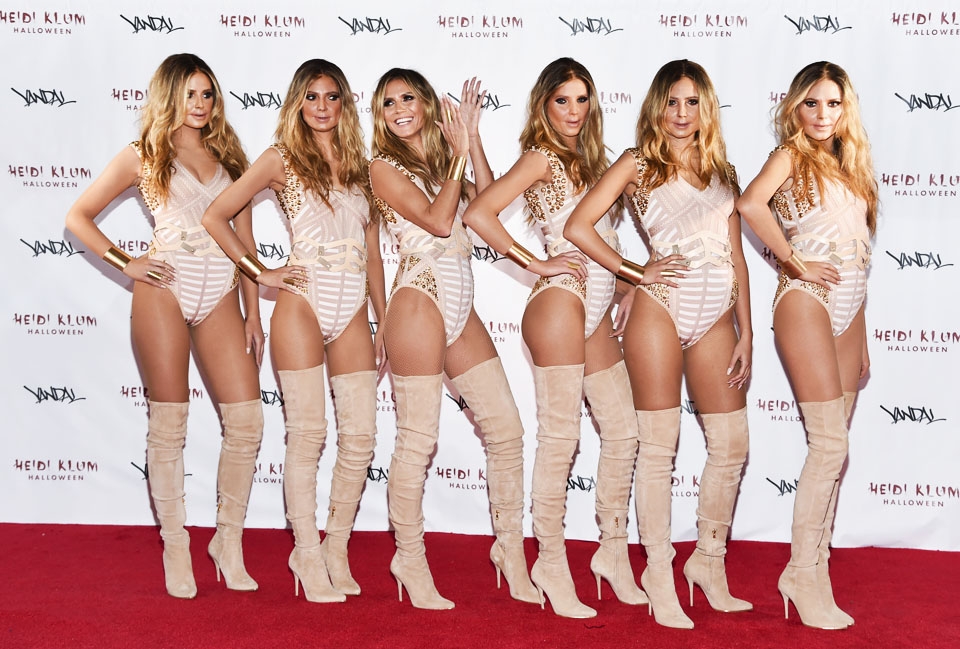
Staff Editorial:
Oct. 28, 2021
“For kids.”
This is the marketing on all of Disney’s child-sized Halloween costumes this year, and it is long overdue.
For the past several decades, as the commercialization of Halloween became more popular and culturally relevant, the need for the perfect costume captivated the minds of children across the country.
On one spooky, candy-filled night of the year, kids are able to transform into their favorite superhero, princess, mythical creature, animal or movie character. Growing up, many of us relished in finding the perfect costume.
But along with this quest came a slew of gendered costumes specifically labeled “for boys” or “for girls.” The narrative that certain costumes — or even clothes – are exclusively for one gender is incredibly limiting.
It teaches children that while they may look up to or adore a certain character, they will never be able to fully identify with that character because of their gender. Subsequently, it limits the traits that children learn to associate with their gender.
Given that the canon of strong, female characters in children’s movies and TV shows is still developing past its infancy, the annual Halloween costume search can lead young girls to feel uncomfortable in their skin if they don’t connect with standard female characters.
In contrast, young boys can pick up similar ideas about their gender as they are frequently presented with media that portray violence as the answer to all problems — in any Marvel or DC movie — or that they need to quiet their feelings in order to “make a man out of you” — a Mulan reference.
While the world of cosplaying has been hip to genderbending costumes for ages, it seems the rest of the costume-wearing population is finally catching up to a long-known truth: Clothing does not have a gender.
This is why the label “for kids” is long overdue in the Disney universe — or any other costume manufacturer. As a major supplier of Halloween costumes, Disney is uncharacteristically using its platform to advance the conversation on gender in a positive way.
This bold step goes a long way in teaching the time-honored mantra, “Be whoever you want to be.” With parents not getting hung up on a gendered label when purchasing Halloween costumes, it opens the door for more expression on the part of the child.
Instead of being forced to pick from a finite selection of “girls” or “boys” costumes, many children will likely gravitate to characters they feel most connected to, regardless of that character’s gender.
Children should be encouraged to dress as whatever and whoever they like for Halloween. It’s a healthy way for them to explore their interests and hold onto the joy of pretending to be someone else, even if only for one evening that inevitably ends with a sugar crash. Costumes should always simply be for kids.



